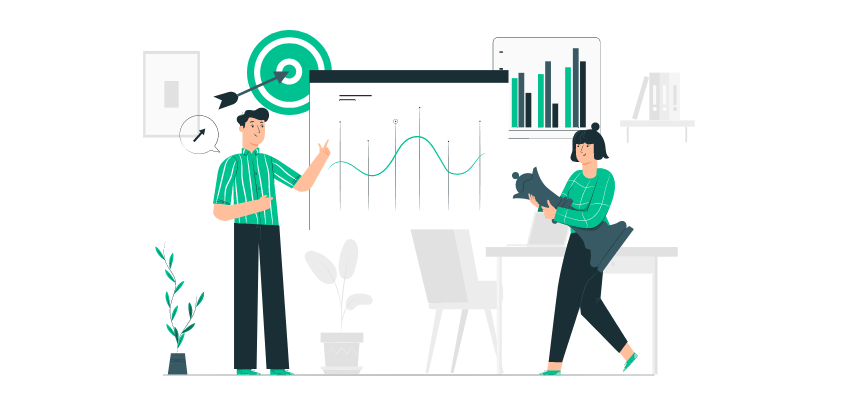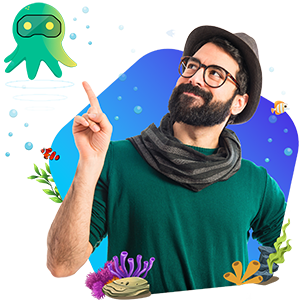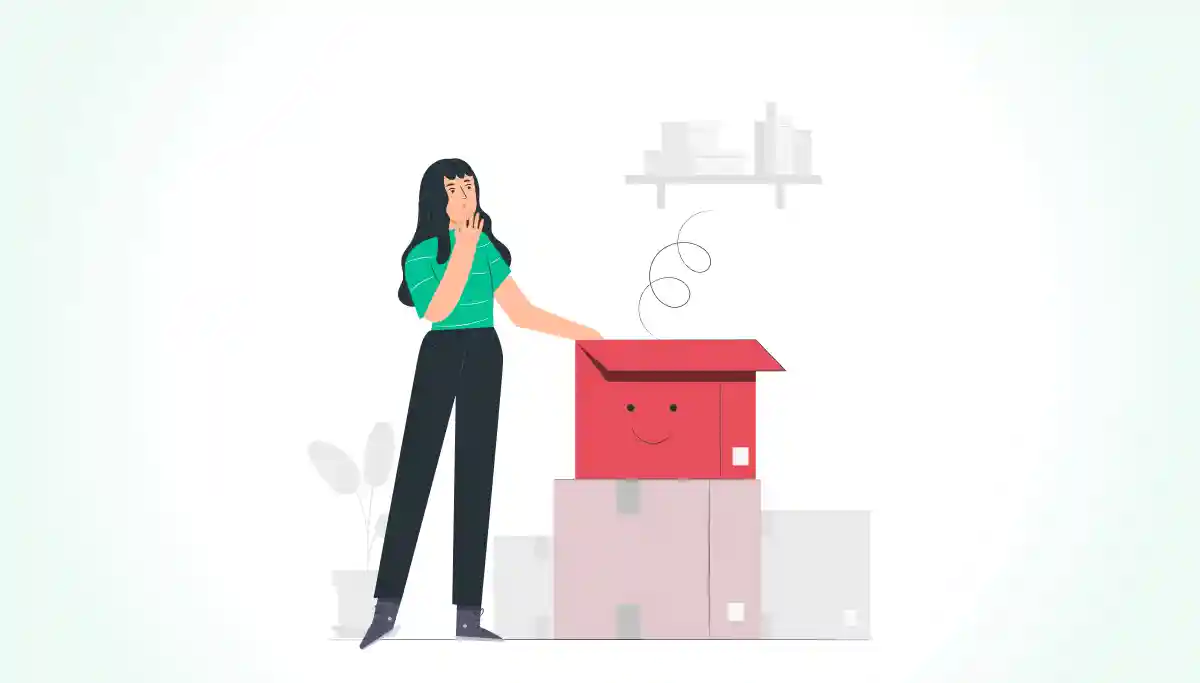The sweetest sound in any language is a person’s name – or so they say. Calling your customer by their first name is just the beginning of personalization for SaaS companies, who want to show their customers that they know them well and are delivering them a tailored experience of their product.
At the same time, there’s a fine line between personal and “creepy”. Although you may have access to all sorts of data about your customer, that doesn’t mean you should use it. In truth, SaaS customers want to know your business understands them and can offer real value from the product.
Not all customers are alike, and they won’t engage as well with your product if you offer them a generic experience. Every customer won’t want to use every single feature of your SaaS, and you’re forcing them into a box if you insist that they onboard in every functionality your product possibly has to offer.
Why SaaS Companies Fail at Personalization
So why do so many SaaS companies fail at personalization? The primary reason is their attempts to connect with customers as individuals, building user personas that draw on all sorts of demographic data highly irrelevant to their product usage.
SaaS companies fail because they don’t focus on helping customers get more value out of the software and engage with relevant features. Deep down, SaaS businesses know they must customize the customer experience and journey with unique onboarding workflows, in-app messaging, and personalized email sequences. Still, in a rush to acquire more customers, they may feel they lack the time and resources to do so.
With the right customer journey analytics software, it can be easier to understand what makes your customers tick and how they are flowing through the customer journey. The correct data is your route to personalizing customer experiences and showing them how your product can make a difference in their lives.
The Importance of Personalization in SaaS
Personalization in SaaS helps you enhance engagement, generate more leads, convert detractors into promoters, and improve SaaS customer retention. SaaS businesses will fail to connect with customers and demonstrate their product’s unique value without personalization, and user engagement will suffer.
For any particular type of software, there may be several use cases for customers using it. During the onboarding stage, you should be asking customers questions about how they intend to use your product – perhaps it is to augment their small business or cater to a customer base of hundreds of thousands. What customers will get from your product will vary depending on their circumstances.

Customers who meet their goals faster with your product will be more likely to activate and become long-term loyal users of your SaaS. Not only that, but they will promote your product to others and rave about the great results they have achieved. Companies who pay attention to their customers’ needs and wants will deliver a better product experience than those who don’t.
How to get Personalization Right
1. Personalized messaging and onboarding
Customers encounter your product along the customer journey, which can look different depending on what point the customer enters the journey. Targeted landing pages and customized email sequences can be tailored depending on the customer’s point of entry.
Exactly how users discover your product will determine the types of information they need to get started and feel engaged. Customers don’t need to be told about everything your product can do since it won’t help them achieve their goals.
Activating new customers
SaaS companies should research the buyer personas they are likely to have and personalize their content for individual users. When users first sign up for your SaaS, ask them a list of questions that will determine the specific messaging they will receive to communicate that they have arrived in the right place.
Invest in onboarding
Customers who start to use your product are at risk of being overwhelmed by everything you have to offer. If you have successfully qualified your leads and brought in customers that have product fit, you can drill down into specifics and ask customers what they need from your product.
The onboarding process should be flexible so customers can skip parts and return to them later. Let them track their progress so they know how long is left of onboarding and remain highly engaged with your software.
Avoid excessive communication
Your customers want to hear from you to some extent, but your messages should be limited to what is helpful and relevant. Constant barrages of notifications result in customers who become “blind” to your messages and hurting the personalized experience for customers. Past behaviors and segmentation of customers can help you come up with the right messages delivered through gentle reminders, which is more engaging than a tsunami of information.
2. Personalized engagement and interaction
When customers have the urge to get in touch with your customer success or customer support team, they want to know they are engaging with a human. Chatbots and self-service all have their place, but sometimes customers require that personal contact, especially if they are reporting a bug or an outage.
When customers engage with software, they expect a personal touch somewhere behind the scenes. After all, real humans are developing the product and benefiting from the customer’s subscription fee. Customers naturally feel more engaged when another person is on the other end of the line.
Establish a feedback loop
One of the best ways to personalize the SaaS product experience is to invite feedback from your customers proactively. Customers can tell you exactly how they want to hear from you and what will engage them most.
Customer opinions can also offer insight into how you can improve the product, which will make for a more engaging experience overall. Using Customer feedback tool to conduct surveys to discover how user needs have changed over time also helps you keep customers engaged with your product.
Tailor the support experience
As we’ve already mentioned, customers of your SaaS product want to connect with humans. Any company can compete on price or product, but an exceptional support experience is much harder to replicate.
When agents have access to your customer’s data and history of the product, they can offer much more personalized support interactions that have customers raving about you to their friends. Along with customer success, your customer-facing heroes are best placed to tailor the experience customers have with your service in line with their unique needs.
Schedule a demo with one of our experts to take a deeper dive into Churn360
Book a demo
Find your promoters and detractors
Customers who are very happy with and unhappy with your product can be your greatest source of learning. Promoters (as identified by the NPS survey) can tell you what part of your engagement strategy is working well and what has led them to be outspoken fans of your products. Detractors can be saved from churn through increased personalization, such as extending a product trial to get more value or connecting them with a customer success manager.
3. Personalization within your SaaS
How users interact with your product inside the interface is an important way to personalize the experience, leading to better user engagement. Users who log into your app don’t necessarily need to see the same interface as every other customer. For example, when you surface frequently used features, customers find value in your product much more quickly and appreciate that the system is personalized.
Customize their workspace
The workspace should be customizable so your users only see the data and features that are most relevant to them. For example, customers should be able to see the upcoming tasks or actions they need to perform. Your SaaS workspace should be dynamic and adapted to each user.
Use push notifications to alert customers to new features
If you’re a SaaS company worth its salt, then it’s likely that your product is constantly evolving. With customer push notification software, you can use push notifications to alert customers to new features or surface features they may have missed. In this way, you can personalize the experience of your SaaS to different customers based on past behavior – in short, whether they have engaged with a particular feature in the past.
Push notifications work well because they engage customers directly when using the product. Unlike an email, customers won’t forget the message because it was delivered out of context. Messages can be targeted to individual customers so customers won’t see notifications that aren’t relevant to them.
Wrapping Up
Personalizing your SaaS for each customer is vital to increasing engagement and product adoption. Showing awareness of every customer is the path to developing a product that satisfies them and thrives in the marketplace. Messages are more likely to hit the mark if you’ve thought about your target audience, and tools will be adopted if the experience has been customized.


